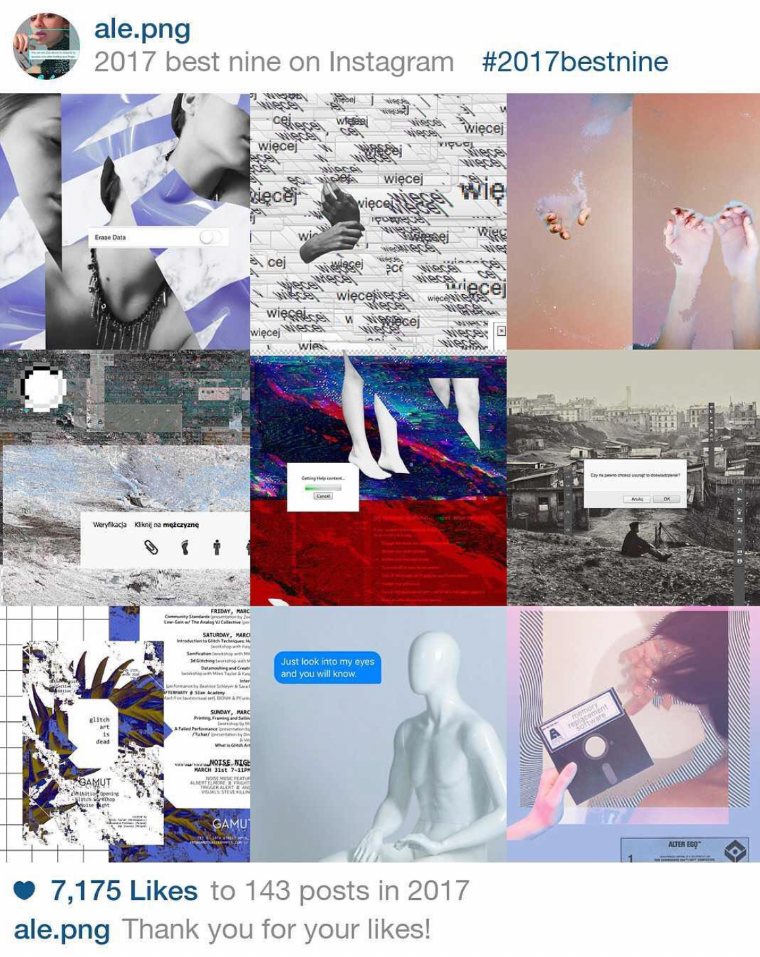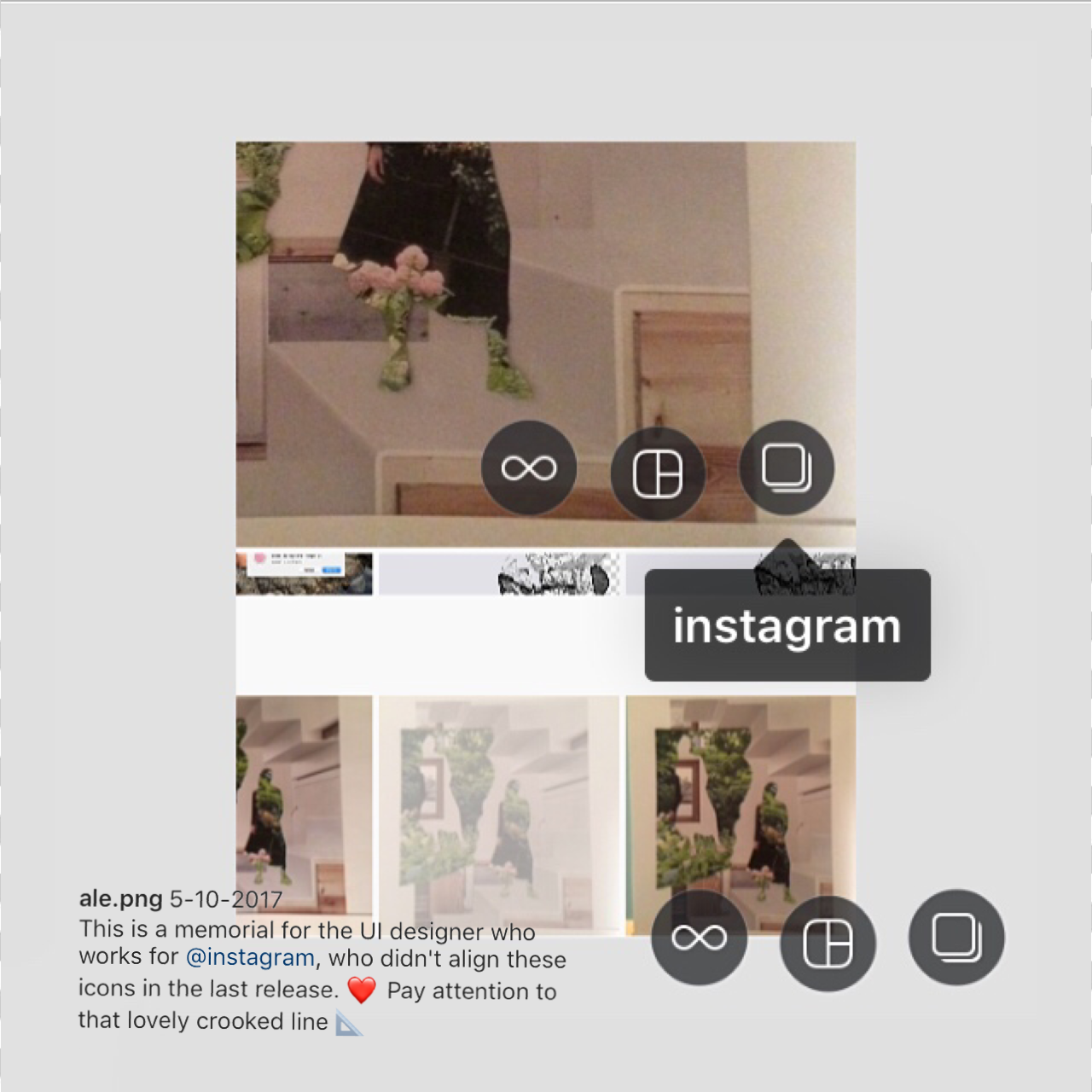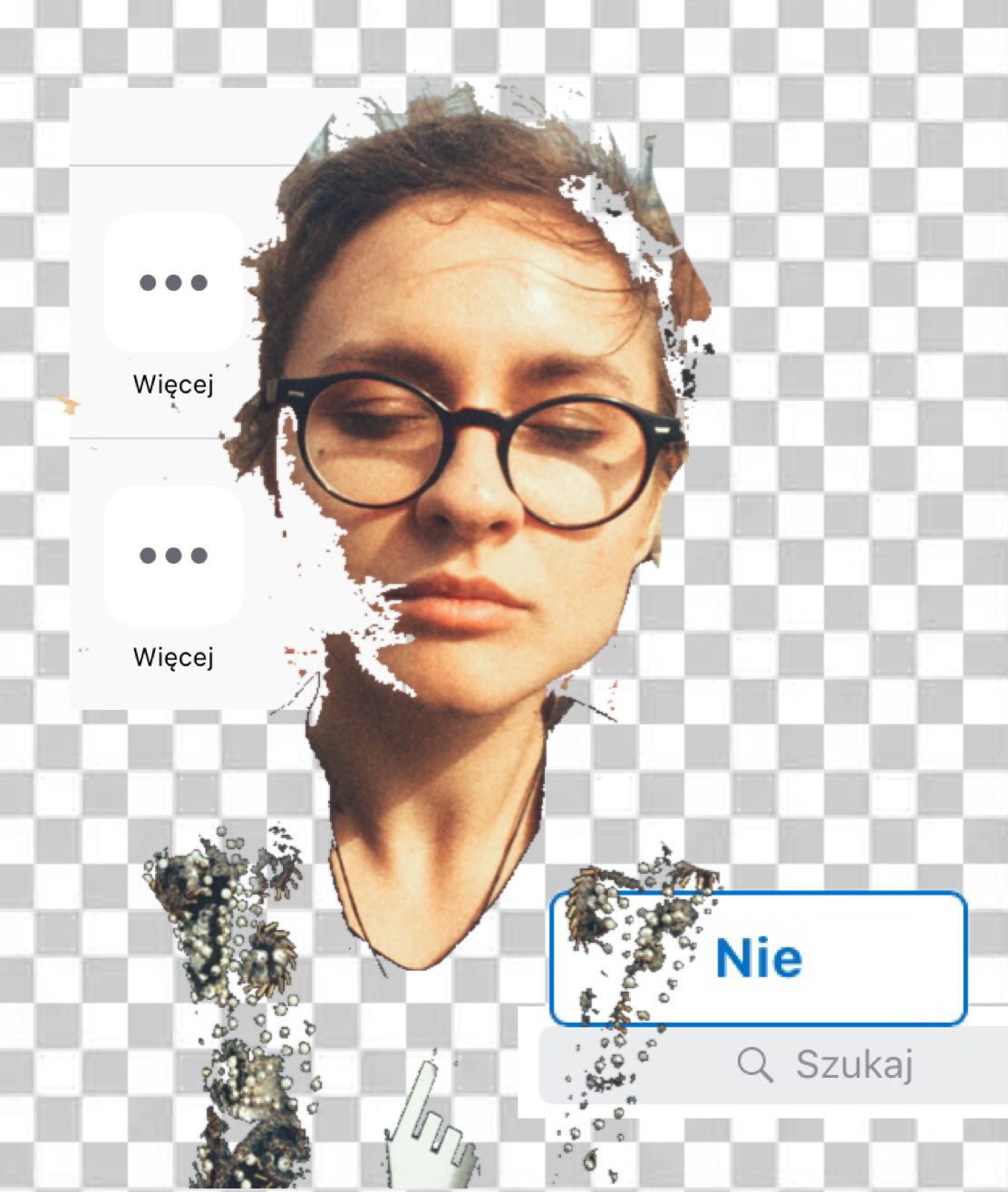
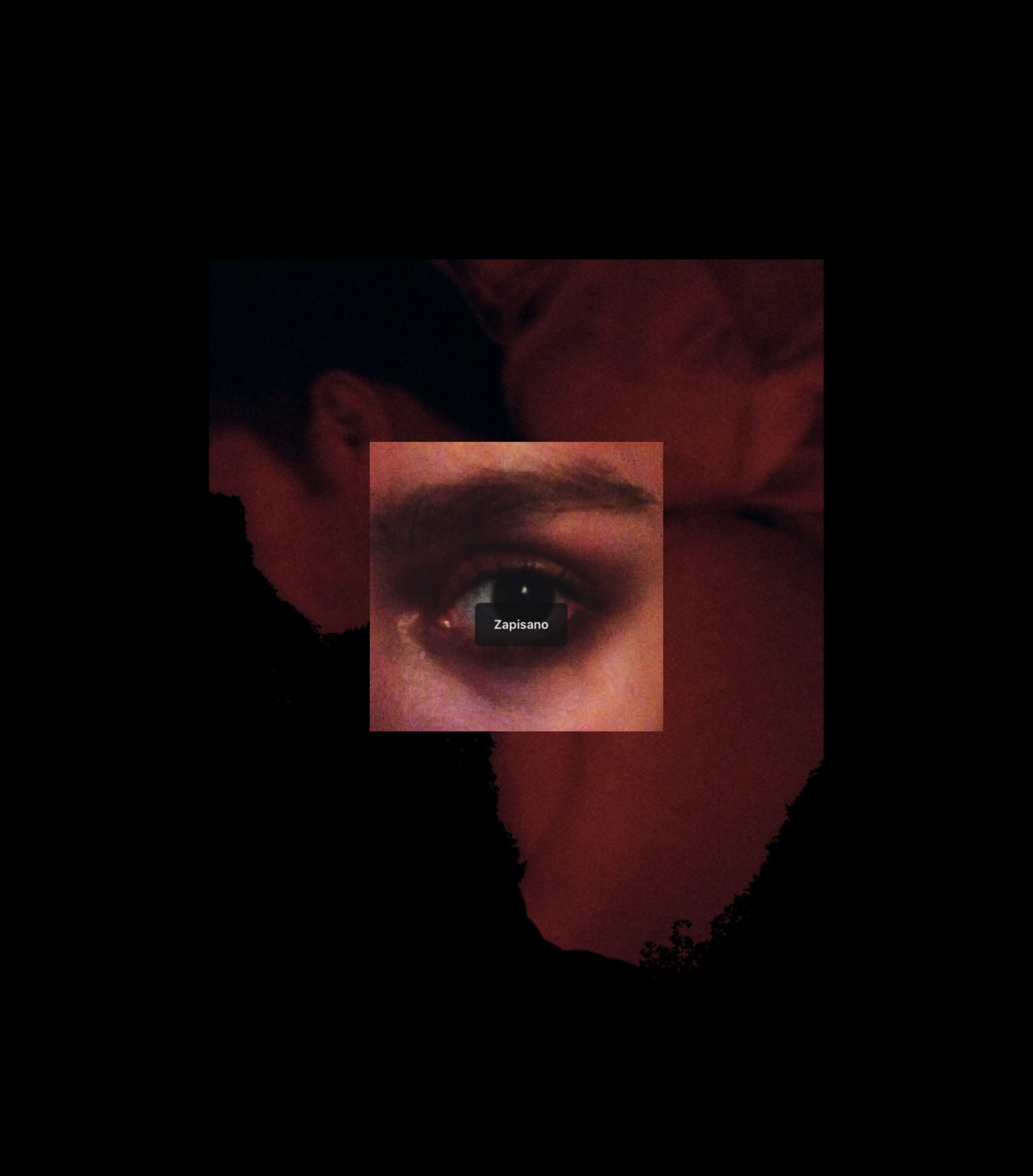
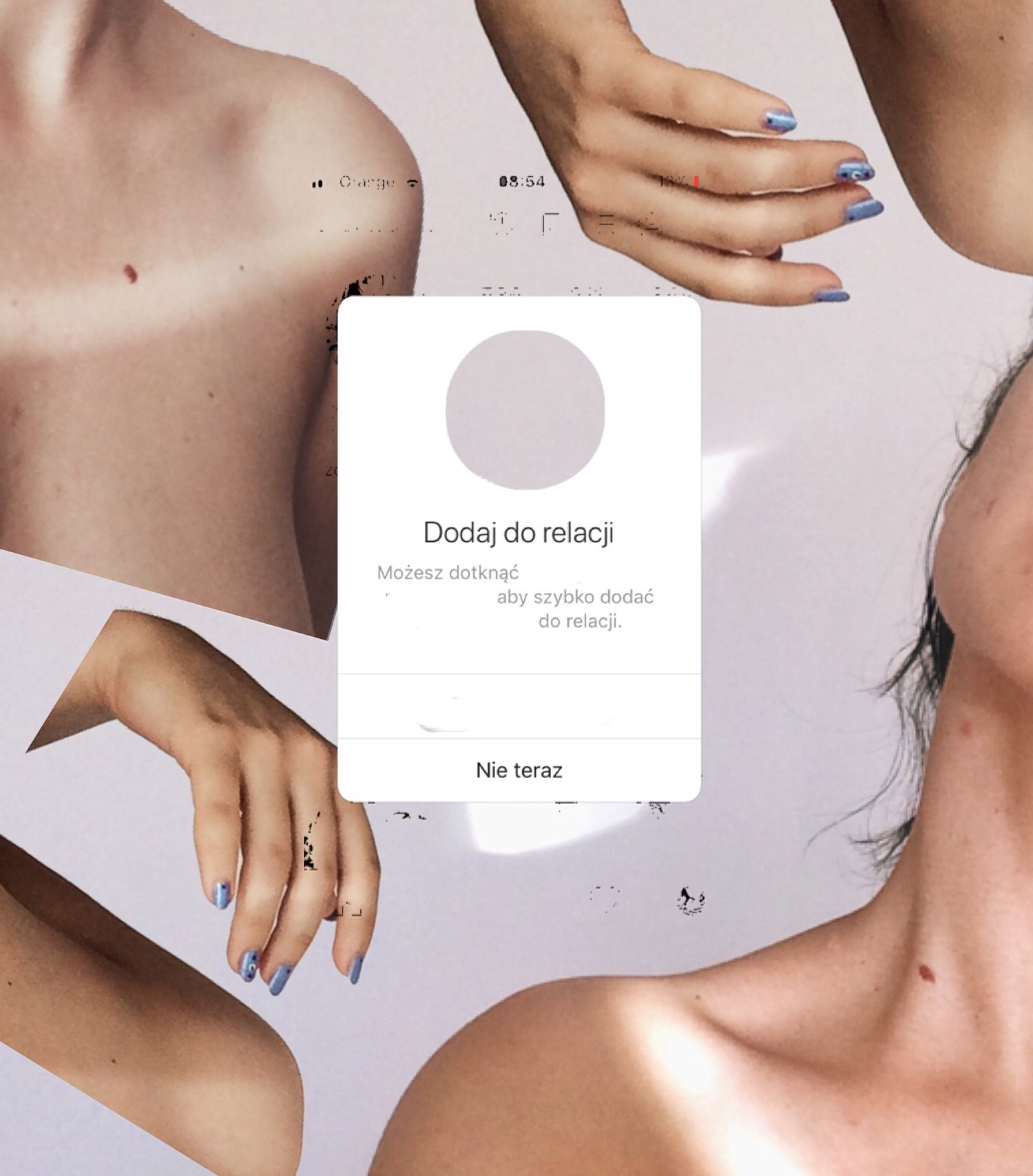
examples of interface poetry artworks from the years 2017–2018
mamifest poezji interfejsu | interface poetry manifesto
PL
Interfejs to pośrednik w komunikacji między użytkownikiem a urządzeniem, ale też człowiekiem i innym człowiekiem.
Jak każdy kanał komunikacji, zawiera własne, wyjątkowe zakłócenia, które mają potencjał poetycki.
Rewolucja cyfrowa sprawiła, że przezroczysta forma wizualna wiersza przestała mieć sens.
Windows jest oknem na świat szeroki jak nigdy dotąd,
ale żeby go zobaczyć, musimy dać się zamknąć
w więziennej celi prostokąta ekranu.
ale żeby go zobaczyć, musimy dać się zamknąć
w więziennej celi prostokąta ekranu.
Apple to rajskie jabłko, dające poznanie,
lecz wiodące do życiowego piekła.
Kolaże z interfejsu to próba odnalezienia czegoś ludzkiego w czymś nieludzkim; nawiązania relacji
z cyfrowym Wielkim bratem, który patrzy na moje życie.
lecz wiodące do życiowego piekła.
Kolaże z interfejsu to próba odnalezienia czegoś ludzkiego w czymś nieludzkim; nawiązania relacji
z cyfrowym Wielkim bratem, który patrzy na moje życie.
Zbieram małe dramaty programów, potknięcia systemu, działania niepożądane.
Od komputera nie da się uciec, więc zamiast wyskakiwać z okna, obserwuję wyskakujące okna.
EN
An interface is a medium of communication between a user and a device, but also between a person and another person.
Like any channel of communication, it contains its own unique distortions that have poetic potential.
The digital revolution has made the transparent visual form of the poem no longer make sense.
Windows is a window to a world as wide as ever, but to see it,
we must allow ourselves to be locked in the prison cell of a rectangular screen.
we must allow ourselves to be locked in the prison cell of a rectangular screen.
Apple is the apple of paradise, giving cognition,
but leading to a living hell.
Collages made of interface pieces are an attempt to find something human in the inhuman; to own a relationship
with a digital Big Brother who surveils my life constantly anyway.
I collect small dramas of programs, stumbles of the system and side-effects of misclicks.
but leading to a living hell.
Collages made of interface pieces are an attempt to find something human in the inhuman; to own a relationship
with a digital Big Brother who surveils my life constantly anyway.
I collect small dramas of programs, stumbles of the system and side-effects of misclicks.
It is impossible to escape from the computer, so instead of jumping out of the window, I watch the windows popping up.
THE HOW and THE WHY
Interface poetry method involves finding and extracting texts and/or graphic elements from graphic user interfaces and placing them in new, artistic and poetic contexts.
The gesture of finding and recontextualizing has its origins in the practice of found poetry / found art, so these, along with collage, are the historical contexts for this method.
The practice of interface poetry aims, among other things, to de-automate the process of reading the texts with which systems & programs communicate. Systems and programs communicate with people through user interfaces – which in turn mediate or influence our communication with other people.
Interface poetry also problematizes the relationship between the medium and the message of a poetic work, the content and the form of poetry. It can be used to examine contemporary reading strategies, accompanied by the new choreography of readers and visual bodies of texts.
Another crucial issue for interface poetry is TOUCH. Touch is an integral part of interacting with both the interfaces present in touch-sensitive devices, as well as with books – and I found it to be something underexplored in the discourse of book design and book history, and which I explored further as part of my research. Both reading and creating bonds between humans utilize touch – and I thinkk that the connection between these two actions is more than ever before observable now in our virtual interactions.
excerpt from the thesis _ glitched photo documentation
THE BACK STORY and THE MEDIUM
In late 2016 and early 2017, events in my life coincided into a situation where I could only use my iPhone for both creating and communicating with others, lying down. I then treated my phone's virtual space as a place where I “live” – like it was a physical space, where I look around and deal with what I own(!). I began to analyze the context (literal, visual) in which my conversations with various people appear. I was at a difficult turning point at the time, having lost physical access to people dear for me, so I was desperate for the incoming messages. As a result of this difficult postion, I read everything "around me” virtually – pop-ups, toolbars, buttons – and I looked for the hidden poetry in them, guided by my own sensitivity. The method was simple: I find words in interfaces and juxtapose them with other elements so as to bring out new meanings.
I started posting works in the style of interface poetry on my Instagram @ale.png in 2016. I began to analyze the very gesture of posting. I started to incorporate textual and non-textual elements from the interface of the Instagram app itself into the matter of my works, so that they complemented the works and interacted with them. The way I published content on this service, especially in 2016–2018, had an intentionally performative and self-objectifying character.
Posting my works on Instagram matched the instantaneous way of content consumption and communication that social media enforces. My posts gained enough popularity for me to get a sense that I have an audience and a platform to communicate with it artistically. In the acutely difficult period for me that escalated a while later, I felt greatly supported by the community I had there. It turned out that this creative method was a good mean of participating in art world and having a lively, direct exchange with people who were interested with my work – some of them have been commemorated by their usernames in my later works – or even participated actively with the creation of my physical installations.
To see the instagram interface poetry project right in the source, check the hashtag #interfacepoetry and #poezjainterfejsu (for Polish artworks) on Instagram!

